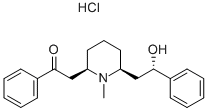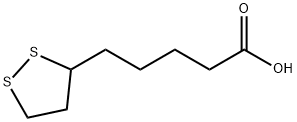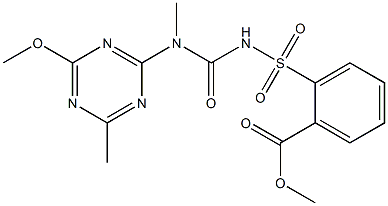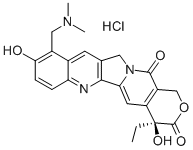Lobelinehydrochloride , >99% , 134-63-4
Synonym(s):
α-Lobeline hydrochloride;(−)-Lobeline hydrochloride;L -Lobeline hydrochloride
CAS NO.:134-63-4
Empirical Formula: C22H28ClNO2
Molecular Weight: 373.92
MDL number: MFCD00082455
EINECS: 205-150-2
| Pack Size | Price | Stock | Quantity |
| 100mg | RMB761.60 | In Stock |
|
| 250mg | RMB1599.20 | In Stock |
|
| 1g | RMB4479.20 | In Stock |
|
| others | Enquire |
PRODUCT Properties
| Melting point: | 183-185 °C (dec.)(lit.) |
| alpha | D20 -43° (c = 2) |
| refractive index | -57.5 ° (C=1, H2O) |
| storage temp. | Inert atmosphere,Room Temperature |
| solubility | H2O: 25 mg/mL |
| form | powder |
| color | white to off-white |
| optical activity | [α]20/D 56.8°, c = 2 in H2O |
| Merck | 14,5551 |
| BRN | 3920196 |
| LogP | 3.610 (est) |
| CAS DataBase Reference | 134-63-4(CAS DataBase Reference) |
Description and Uses
(–)-Lobeline is an alkaloid that has been found in Lobelia and has diverse biological activities. It binds to nicotinic acetylcholine receptors (nAChRs) in rat brain homogenates (Ki = 4 nM) and has antinociceptive effects in the tail-flick assay in mice. (–)-Lobeline (0.3 and 0.9 mg/kg) reduces the number of errors in a repeated acquisition procedure in the radial arm maze in rats. It also decreases immobility time in the forced swim test and feeding latency in the novelty suppressed feeding test, indicating antidepressant-like activity, in mice when administered at doses of 1 and 4 mg/kg.
A neuronal nicotinic acetylcholine receptor agonist. A CNS stimulant.
Safety
| Symbol(GHS) |  GHS06 |
| Signal word | Danger |
| Hazard statements | H301+H331 |
| Precautionary statements | P301+P310+P330-P304+P340+P311 |
| Hazard Codes | T |
| Risk Statements | 23/25 |
| Safety Statements | 36/37/39-45 |
| RIDADR | UN 1544 6.1/PG 3 |
| WGK Germany | 3 |
| RTECS | OJ8490100 |
| F | 8 |
| HazardClass | 6.1(b) |
| PackingGroup | III |




